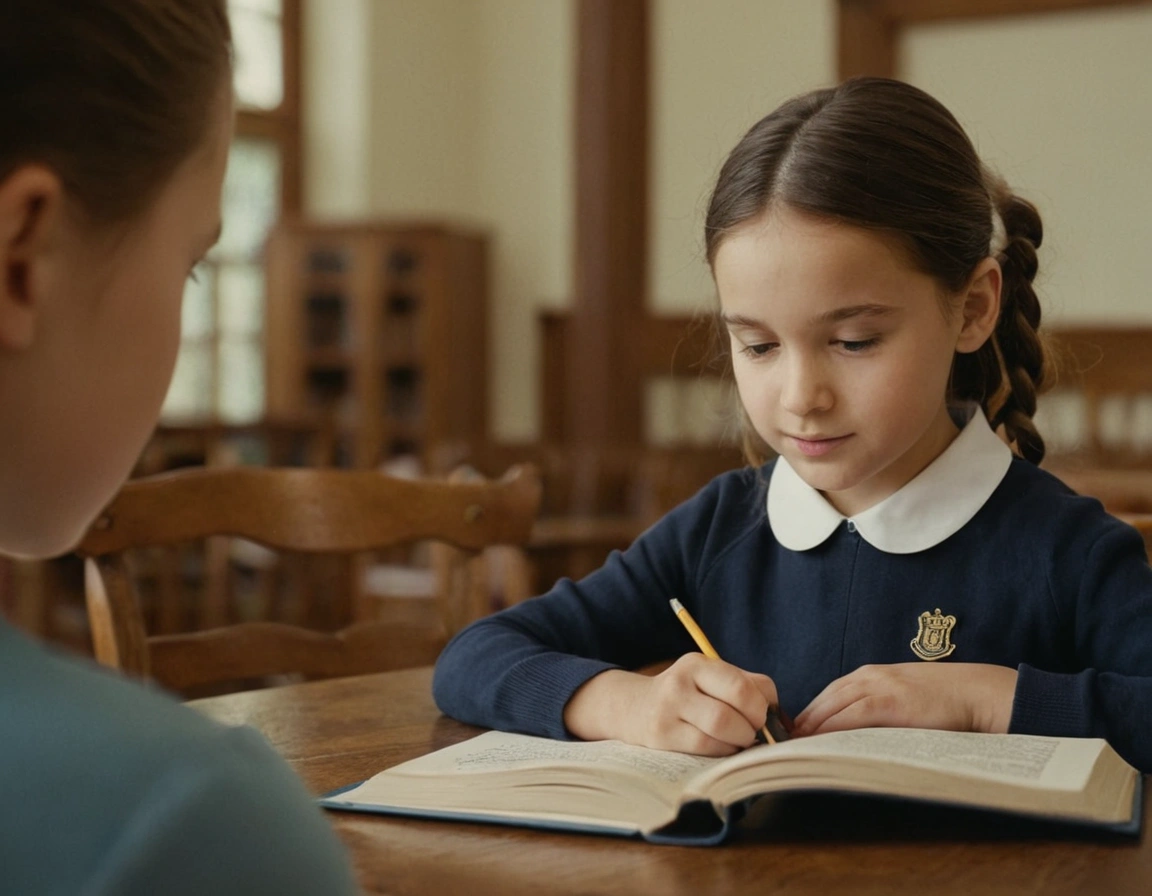Welcome! Literacy is one of the most important skills a child can develop, especially in their early years. Many private schools offer specialized literacy programs that not only teach reading and writing but also inspire a lifelong love of learning. For parents, teachers, and administrators, understanding the top literacy programs available in private schools can help you make informed decisions about supporting young learners.
In this article, we’ll explore some of the best literacy programs in private schools today. These programs emphasize reading comprehension, writing skills, phonics, and vocabulary while engaging students through interactive and age-appropriate activities. Whether you’re looking to strengthen your child’s reading skills or find the right program for your school, this guide provides insights into effective literacy programs that nurture students’ skills and confidence.
Top Literacy Programs in Private Schools for Elementary Students
1. The Orton-Gillingham Approach
The Orton-Gillingham approach is a highly respected literacy program focusing on phonics-based, multisensory instruction. It is particularly beneficial for students with dyslexia or other reading difficulties. Orton-Gillingham emphasizes breaking down words into smaller parts, making it easier for young readers to understand the building blocks of language.
Using tactile, visual, and auditory activities, this program supports various learning styles. Teachers trained in Orton-Gillingham techniques adapt their lessons to meet each student’s needs, helping them improve phonemic awareness, spelling, and reading fluency.
2. The Wilson Reading System
The Wilson Reading System is an evidence-based program that is also rooted in the Orton-Gillingham approach but includes structured steps that make it easier for teachers to implement. This program focuses on decoding, encoding, and spelling, making it highly effective for struggling readers.
Wilson uses multisensory methods to teach students about language patterns, syllables, and word structures. The program is structured with different levels, allowing elementary students to progress through skills at their own pace, fostering confidence in their reading abilities.
Comparison of Literacy Programs for Elementary Students
| Literacy Program | Key Features | Best For |
|---|---|---|
| Orton-Gillingham | Multisensory, phonics-based, customized | Students with dyslexia, beginners |
| Wilson Reading System | Structured, sequential, language-focused | Struggling readers, individualized instruction |
| Reading Recovery | Intensive, one-on-one instruction | Students needing extra support in early grades |
| Jolly Phonics | Synthetic phonics, fun activities, interactive | Young readers, auditory and kinesthetic learners |
| Lindamood-Bell Programs | Comprehension-focused, imagery-based strategies | Visual learners, comprehension-focused students |
3. Reading Recovery
Reading Recovery is a short-term, intensive literacy program designed to help first-grade students who struggle with reading. This program involves daily, one-on-one lessons with a trained instructor, allowing for personalized instruction.
Reading Recovery focuses on the basics of reading and writing, providing support until the student reaches the average reading level of their peers. It is widely recognized for its success in helping students catch up quickly, building their confidence and foundational literacy skills.
4. Jolly Phonics
Jolly Phonics is a synthetic phonics program that uses fun activities, songs, and interactive lessons to teach young children the sounds of letters. It is highly engaging for young learners and introduces them to the fundamentals of reading in a playful way.
This program emphasizes the importance of phonics and blends, teaching children how to recognize and produce sounds and combine them into words. Jolly Phonics is ideal for students in kindergarten and early elementary grades, particularly those who are auditory or kinesthetic learners.
5. Lindamood-Bell Programs
Lindamood-Bell offers a variety of literacy programs that use unique techniques focusing on comprehension, reading fluency, and critical thinking. For instance, the “Visualizing and Verbalizing” program helps students create mental images as they read, which is beneficial for comprehension and retention.
These programs are research-backed and used in many private schools to support diverse learning needs. The Lindamood-Bell approach is beneficial for students who learn best through visualization and for those who need help with both decoding and comprehension.
6. Fountas & Pinnell Literacy Program
The Fountas & Pinnell Literacy program is a balanced approach to literacy that emphasizes reading and writing workshops, interactive read-alouds, and guided reading sessions. It encourages students to think critically about the texts they read and express themselves in writing.
This program is adaptable to various reading levels and emphasizes comprehension, fluency, and vocabulary development. Private schools use Fountas & Pinnell to encourage a love for reading and to challenge students to explore a range of genres and authors.
Solutions for Common Challenges in Literacy Education
| Challenge | Solution |
|---|---|
| Lack of Engagement | Use interactive, multisensory programs like Jolly Phonics or Lindamood-Bell |
| Supporting Struggling Readers | Employ intensive programs like Reading Recovery or Wilson Reading System |
| Addressing Diverse Learning Styles | Offer programs with varied methods such as Fountas & Pinnell and Orton-Gillingham |
| Maintaining Progress Consistency | Use structured programs with incremental goals, like Wilson and Orton-Gillingham |
| Monitoring Progress | Incorporate regular assessments from programs like Fountas & Pinnell or Lindamood-Bell |
7. Fundations
Fundations is an extension of the Wilson Reading System designed for early elementary students, particularly those in kindergarten through third grade. It provides a structured curriculum that focuses on phonics, spelling, and handwriting.
Fundations is used widely in private schools as part of a response-to-intervention (RTI) model. It is ideal for students who need explicit phonics instruction and benefits those who require additional support with spelling and basic language skills. The multisensory approach makes it engaging and effective for young learners.
8. The Barton Reading and Spelling System
The Barton System is a structured literacy program based on the Orton-Gillingham approach, specifically designed to help students with dyslexia. The program emphasizes phonemic awareness, phonics, and spelling.
The Barton System is suitable for private schools with students who need more intensive intervention in reading and spelling. It is also beneficial for students who may not respond well to traditional literacy instruction methods.
9. Leveled Literacy Intervention (LLI)
The Leveled Literacy Intervention (LLI) program by Fountas & Pinnell is a small-group, intensive reading program that supports struggling readers by using leveled texts and regular practice. This program helps students develop reading fluency, comprehension, and vocabulary.
LLI is ideal for private schools that want to provide extra support to students reading below grade level. Teachers monitor progress through regular assessments, which enables them to adjust the program as students progress, ensuring that each child receives the support they need.
10. S.P.I.R.E. Reading Program
S.P.I.R.E. (Specialized Program Individualizing Reading Excellence) is an intensive, research-based reading program specifically designed for struggling readers, including those with learning disabilities. It uses an Orton-Gillingham approach and is structured to teach students through repetition and multisensory activities.
S.P.I.R.E. is beneficial for students who struggle with reading fluency, comprehension, and spelling. The program’s systematic, phonics-based approach supports students in mastering each literacy skill before moving to the next level, which helps build their confidence and foundational skills.
Conclusion
Choosing the right literacy program for elementary students in private schools is essential for building a strong foundation in reading and writing. Programs like Orton-Gillingham, Wilson, Reading Recovery, and Jolly Phonics each offer unique benefits tailored to different learning styles and needs. With structured approaches, engaging materials, and support for struggling readers, these top literacy programs equip young learners with essential skills for lifelong literacy.
By offering these programs, private schools demonstrate a commitment to supporting each student’s journey to literacy. Whether through multisensory learning, personalized instruction, or small-group sessions, these programs empower elementary students to succeed and develop a love for reading. As you consider literacy programs, keep in mind your child’s unique learning style and needs to find the best fit for their success.




